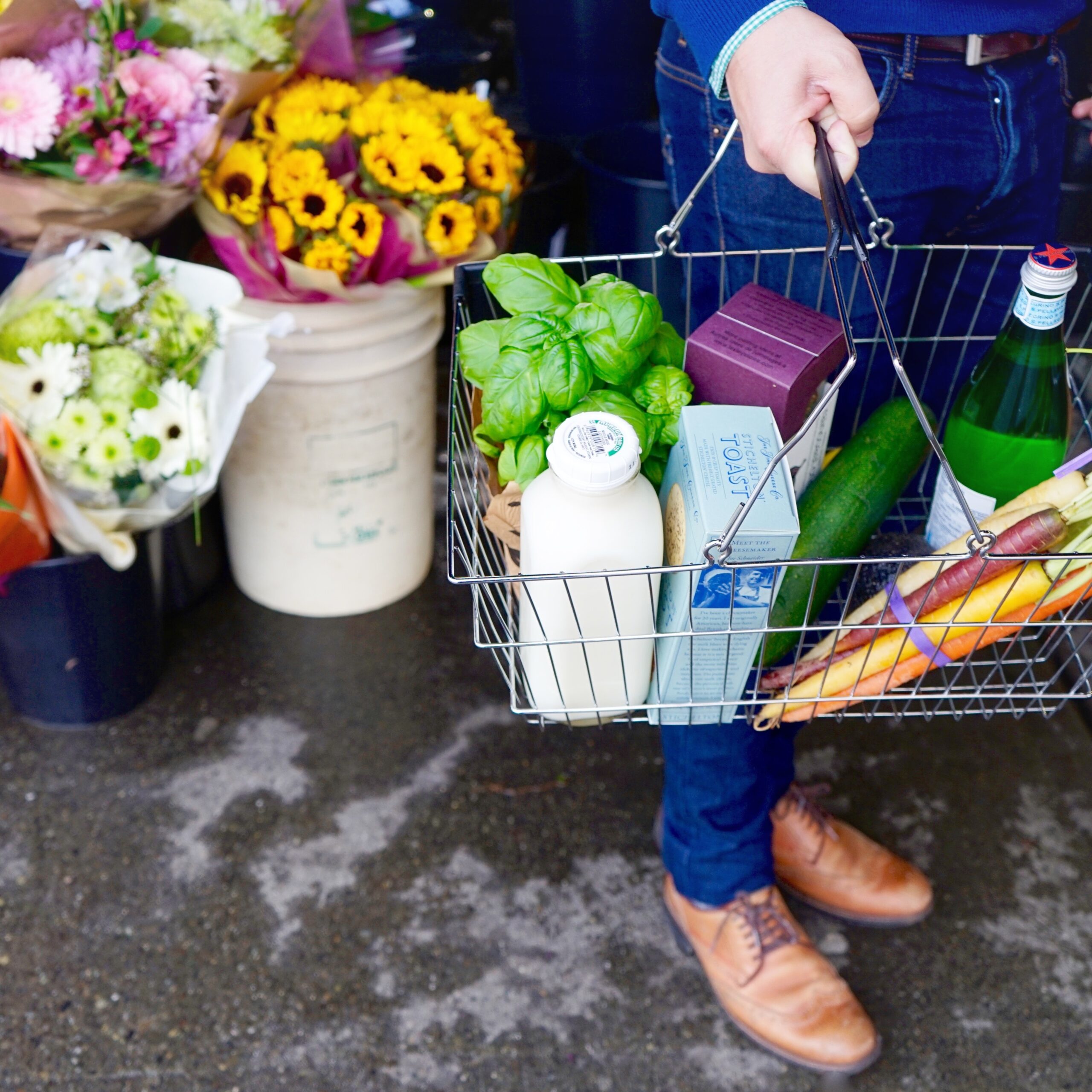 Canada has made changes to its food labels over the course of a five-year transition period. “Due to the challenges imposed by COVID-19, the Canadian Food Inspection Agency (CFIA) focused its efforts on education and compliance promotion for the first year,” which ended December 14, 2022. CFIA will now verify and enforce compliance amongst companies. They will work to ensure these companies have a detailed plan showing their intention to meet these new requirements as soon as possible.
Canada has made changes to its food labels over the course of a five-year transition period. “Due to the challenges imposed by COVID-19, the Canadian Food Inspection Agency (CFIA) focused its efforts on education and compliance promotion for the first year,” which ended December 14, 2022. CFIA will now verify and enforce compliance amongst companies. They will work to ensure these companies have a detailed plan showing their intention to meet these new requirements as soon as possible.
The CFIA has required the modification of five data points on food labels. The five areas are:
- Changes to the nutrition facts table – some of the updates include making serving size more consistent to compare similar foods, revising the % daily values, and adding and removing ingredients based on updated nutrition information.
- Changes to the serving size – to align more closely with how much is typically consumed in one occasion. The changes are different for single-serving and multiple-serving prepackaged foods.
- Changes to the information on sugars – inclusion of a % of daily value for total sugars. This allows the ability to compare sugar content between foods and identify sugary foods that should be limited.
- Changes to the information on sweeteners – addition of approved, high-intensity sweeteners like sucralose, aspartame, and neotame.
- Changes to the list of ingredients – this includes grouping sources of sugar together, listing food colors by their common names, making text in black or white with a neutral background, and using both upper- and lower-case letters, especially to statements about the potential presence of priority food allergens, gluten sources and added sulfites.
In the ever-changing world of labeling, food and beverage manufacturers are no strangers to changing requirements. The ability to move quickly and make changes on the go can become overwhelming. Pragmatyxs can support manufacturers in making needed changes swiftly and ensure accuracy to meet compliance requirements.